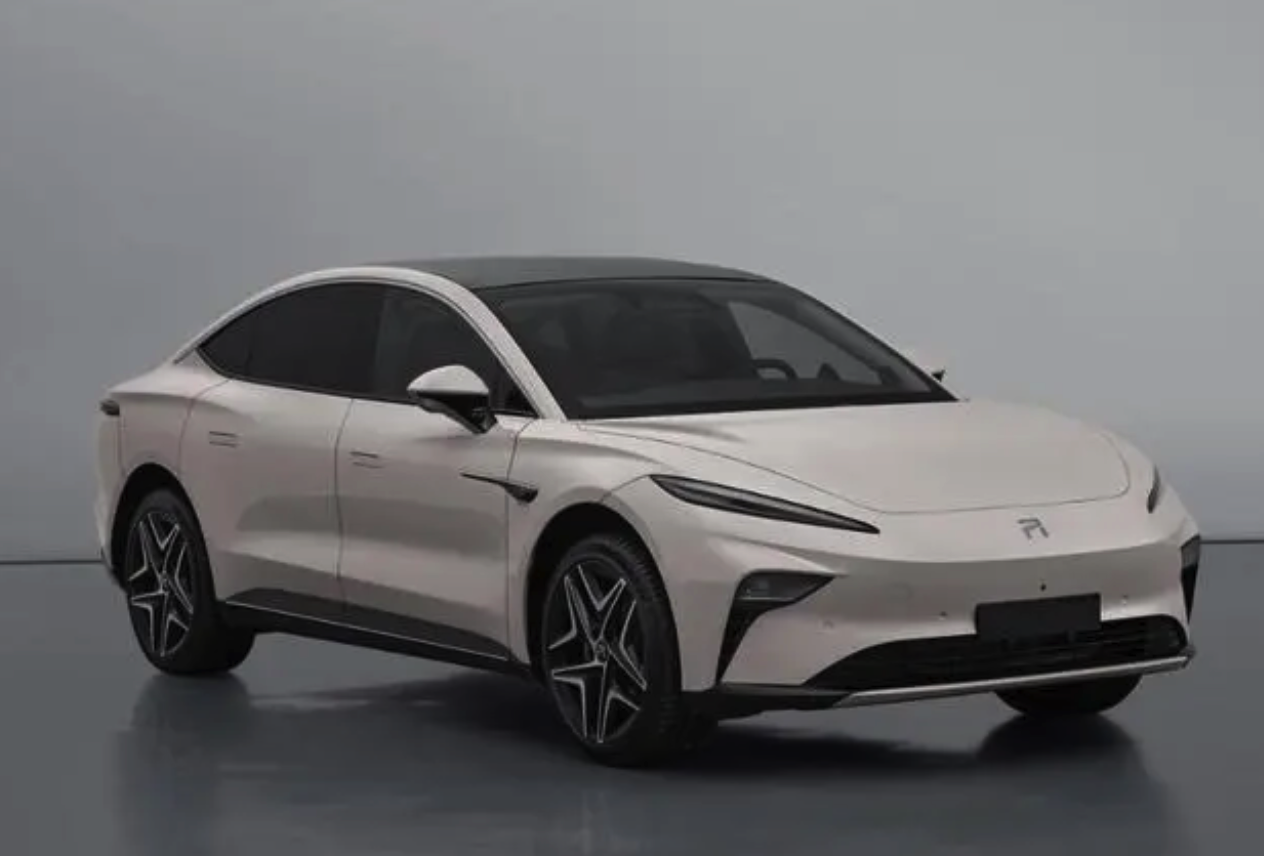If you have ever test-driven the Zeekr X001, you must have thought like me, it seems that X001 is the best choice for its price range. As long as you can accept its slightly slow car-system, purely from the perspective of driving and chassis quality, X001 is definitely a heart-warming product that Zeekr offers to its users. However, today I discovered a new face – RisingAuto F7. As the offspring brand of SAIC, RisingAuto can be considered as a collection of all the technologies of SAIC. Thus, I took some time to study RisingAuto F7 and pointed out a few features that I currently value.
-
Air resistance: Even though I haven’t had the chance to test-drive the F7 yet, from the official record of its air resistance coefficient of 0.206cd, I can already see its advantages. This is the lowest air resistance among domestic brands’ mass-produced vehicles certified by C-NCAP, even surpassing NIO ET7, which was once very proud of its air resistance of 0.23cd. The difference between the two is quite significant, especially since the air resistance is the first and foremost killer of the electric range. Therefore, it all depends on how RisingAuto manages to control the energy consumption based on this better air resistance coefficient.
-
RisingAuto has this “wheelbase adaptive switching system” for battery swapping, which can switch batteries for A0-MPV-level models. From a forward-looking perspective, RisingAuto’s product ecosystem will revolve around battery swapping. Therefore, F7 is naturally a pioneer in the field and at least in the next few years there is little possibility of a platform change. To put it more plainly, F7 won’t be an easy victim of “obsolete technology.” Compared with X001, the advantages of the rechargeable and swappable batteries of RisingAuto F7 are still quite obvious. On this basis, combined with F7’s pre-sale price of 28000 to 35000 yuan, it’s more affordable than X001’s 30000 to 38000 yuan.
-
In terms of ultimate handling, I believe 001 has an advantage since it has a mid-engine layout and is tuned by the Lotus team. That’s why so many people are willing to endure its lackluster infotainment system for the sake of its handling. On the other hand, F7 may be inferior to 001 in terms of handling, but its 50:50 front-to-rear weight distribution, front double-wishbone and rear multi-link suspension, and Brembo four-piston brakes provides a good foundation for dynamic driving. However, compared to 001, F7’s interior and infotainment system take a hit. The three-screen unit in the front and the interactive screen in the backseat form an innovative dual-zone audio-visual space, but F7’s system may not be as smooth as R7’s when it comes to infotainment experience.
Therefore, from my personal car selection requirements, 001 gives me an impression of excellent handling and a driver-oriented car, but the intelligent experience is not outstanding and sometimes even worse. On the other hand, F7 gives me the impression of an all-rounder, from the chassis to the materials to the technology, but whether or not it can be “excellent” remains to be seen. I will give a more detailed review after its launch.
This article is a translation by ChatGPT of a Chinese report from 42HOW. If you have any questions about it, please email bd@42how.com.
